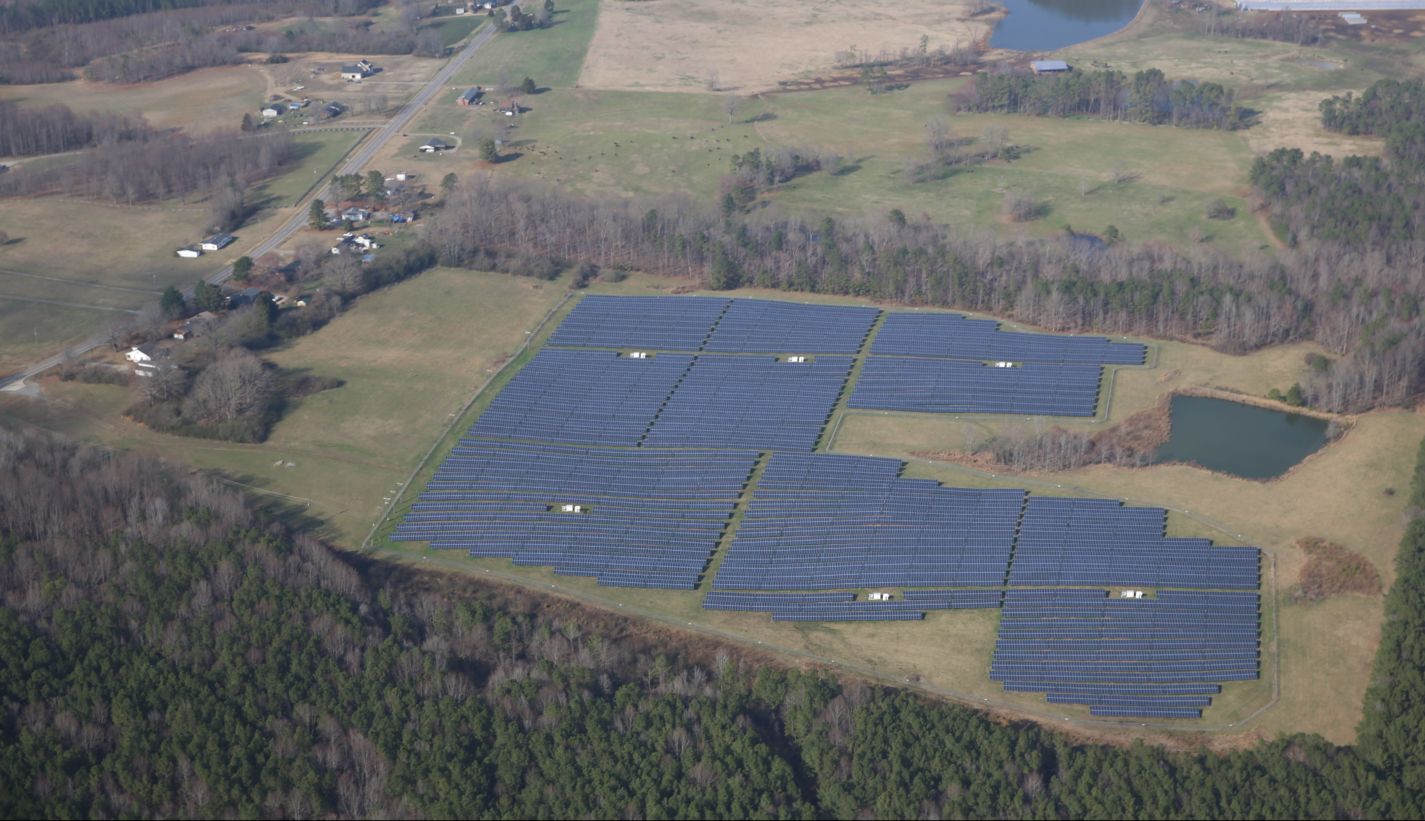Editor’s Note: This piece is adapted from a column that first appeared in the American Institute for Economic Research.
IMPOVERISHING US IS NOT THE SOLUTION
The Biden administration’s term of choice for the ridiculously named Inflation Reduction Act (IRA) is “historic.” One reason is its “climate change” promises. The monetary costs alone are enormous, which is strangely a point of boasting for the Biden administration. Vice President Kamala Harris recently told a gathering of Democrats, “We made the largest investment to combat the climate crisis in history and deliver on environmental justice for people everywhere.”
With such an enormous expenditure in the midst of inflation the likes of which haven’t been seen in half a century, what benefits can we expect? Shouldn’t they be commensurately larger? To the extent that reduced carbon dioxide (CO2) emissions reduce climate change, and to the extent that such reduction prevents a greater occurrence of natural disasters, what will Americans have been forced to buy at the expense of $369 billion?
A first great difficulty is that these benefits cannot accrue solely or even predominantly to those who bear the “historic” costs. Should cutting American emissions result in the actual predicted climate benefits, those benefits would be spread out equally across the globe. That’s because CO2 emissions are fungible. Emissions mix and spread out over the troposphere. One area’s reduced emissions do not hover over that area like a storm-and-warming shield of virtue against other areas’ emissions sins.
Expert estimates place the amount of CO2 emissions cut — from where they were in 2005 — would range from 31 percent to 44 percent. They estimate the current, pre-IRA trajectory at 24 percent to 35 percent. That overlap implies a nontrivial chance of spending over a third of a trillion dollars for practically nothing.

Those estimates reveal something else, however. The U.S. is and already has been cutting CO2 emissions. Why, then, are climate-change predictions more cataclysmic than ever? The United Nation’s Intergovernmental Panel on Climate Change recently gave us only “eight years left to turn the ship” on CO2emissions, shaving two whole years off their usual “10 years” alarmism.
U.S. emission-cutting is being fast erased by China’s massive increases
Let us not entertain any possibility that the UN panel, Biden administration, et al. are engaged in heavier-handed fear-based appeals to cow enough Americans into countenancing great upheavals in their lives for their own political power, cronyism, and quasireligious virtue posturing. No, let us imagine that the UN panel is surveying the worldwide production of CO2 emissions, which are fungible, and deciding the problem is getting worse.
Then let’s ask if it’s a problem that can be solved by the United States at great expense to her citizens alone. According to the BP Statistical Review of World Energy 2022, the United States since 2005 has reduced the volume of its CO2 emissions by over a billion tons (1,015 million tons).
Maybe the U.S. isn’t keeping up with the rest of the world? No, it’s certainly not that. The U.S. has cut more CO2 emissions than any other nation in the world by far. The nations comprising the European Union come closest, reducing their combined CO2 emissions by 978.3 million tons.
What about the rest of the world? As then–Secretary of State John Kerry admitted in 2014, “Even if every single American biked to work or carpooled to school or used only solar panels to power their homes — if we reduced our emissions to zero, if we planted each of us in America a dozen trees, if we somehow eliminated all of our domestic greenhouse gas emissions, guess what? That still wouldn’t be enough to counteract the carbon pollution coming from China and the rest of the world.”
Kerry now carries the title of “U.S. Special Presidential Envoy for Climate.”

Since 2005, per BP, China’s volume of CO2 emissions has increased by 5,177.8 million tons. India’s CO2emissions increased by 1,478.5 million tons. Emissions across Africa (351.4 million tons), the Middle East (956.0), and South and Central America (148.3) have all increased. That 2005 emissions peak was in the U.S. only, not the world.
Incidentally, since Special Climate Envoy Kerry made those comments, the U.S. has cut CO2 emissions by over half a million tons (502.8). Importantly, nearly all of the emissions reductions in the U.S. is market-oriented (from technological change, consumer preference, an expanding service sector, and especially the fracking revolution) and was not driven by government-mandated renewable energy (their effect is far too small). Meanwhile, China and the rest of the world increased CO2 emissions by nearly two billion tons (1,932.2 million tons, of which 1,394.2 were from China).
Nor does China’s rapid expansion of coal-fired electricity show any sign of slowing. The nation added 38.4 gigawatts (GW) of new coal-fired electricity in 2020, announced 43 new coal-fired plants and 18 new blast furnace projects just in the first half of 2021, and expects to increase coal-fired electricity this year by 300 million tons. India is expecting to increase coal-fired electricity this year by 400 million tons. As energy expert Robert Bryce explained in RealClear Energy on June 26,
According to the Energy Information Administration, burning a ton of coal releases about 2 tons of carbon dioxide. Thus, the 700 million tons per year of new coal consumption in China and India will result in an additional 1.4 billion tons of carbon dioxide emissions. According to BP, that’s about the same volume of emission reductions that were achieved in the U.S. between 2005 and 2020.
Meanwhile, European nations are preparing a return to coal-fired electricity in the coming winter over warnings about Russian natural gas supplies.
Americans can expect no climate benefits, only high costs from the IRA
So even if the IRA achieved its CO2 emissions reductions to experts’ utmost predictions, all that Americans could expect is continued worsening of climate emissions elsewhere. We’re not the problem, and impoverishing us is not the solution.
In fact, because of our greater relative entrepreneurial freedom and wealth, Americans have been cutting more emissions than any other nation. We just didn’t do it the “right” way, through government mandates. For our reward, we’ve been sold into worse inflation, worse energy poverty, and a worsening environment for rolling blackouts.
Jon Sanders is director of the Center for Food, Power, and Life and also Research Editor at the John Locke Foundation.